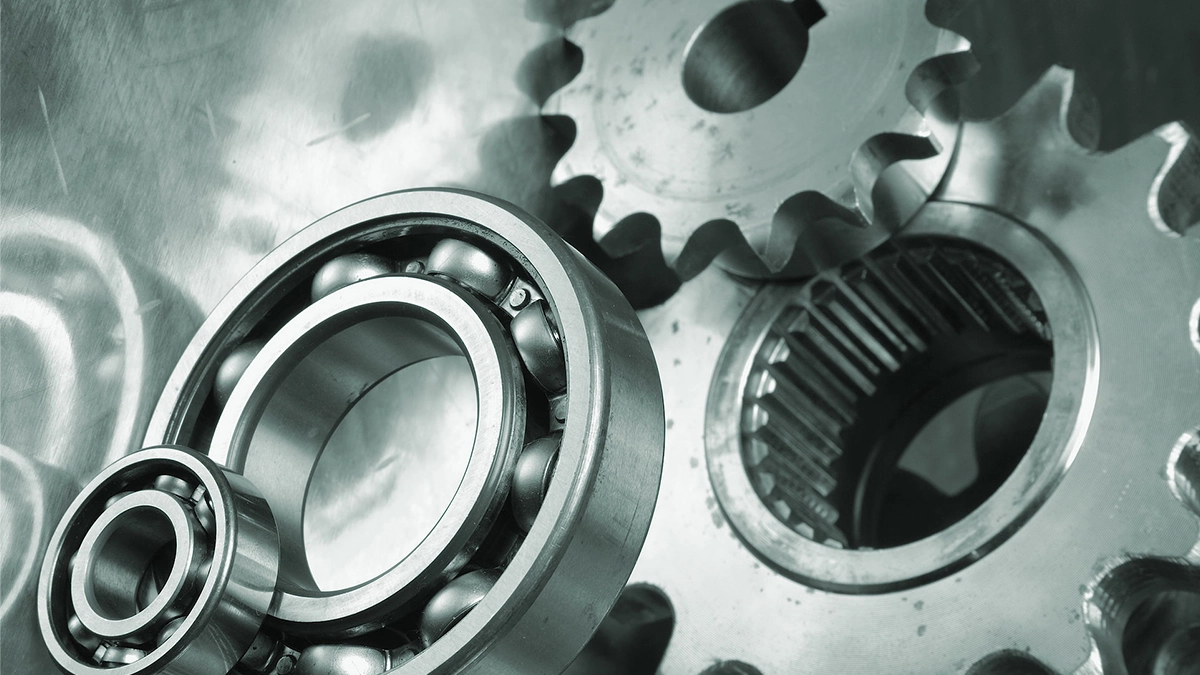Gear Ratio losses in motor
2024-07-03 17:26:56
In the realm of mechanical engineering and motor design, the efficiency of gear systems is a pivotal factor that influences the overall performance of motors. Specifically, gear ratio losses in motors are a complex topic that involves various components such as the motor itself, the gearbox, and the load it drives. This article aims to provide an in-depth look at the nature of these losses, factors influencing them, and strategies to mitigate their impact, ensuring optimal performance of motor systems.
Understanding Gear Ratio Losses
Gear ratio losses in gearboxes refer to the reduction in power output due to inefficiencies in the gear transmission system. These losses are primarily due to mechanical wear and tear and bearing friction, which result in power loss and reduced transmission efficiency. The gear ratio itself plays a crucial role in determining the extent of these losses. Understanding these losses is essential for optimizing motor performance and achieving higher efficiency in various applications.

Mechanical Losses
Mechanical losses in a gear system include friction between gear teeth, impact losses due to gear engagement, and sliding losses among the meshing gears. These losses are inherent to the gear transmission process and can significantly affect the system's overall efficiency.
- Friction: Occurs between the teeth of engaging gears.
- Sliding and Impact: As gears engage and disengage, there is inevitable sliding and impact that contributes to energy losses.
- Flexibility of Elements: The inherent flexibility of gears and shafts under load can lead to minor distortions, further leading to losses.
Bearing Losses
Bearing losses are attributed to the friction that occurs within the bearings that support the rotating shafts. These losses are dependent on the type of bearing used and can be significantly reduced by selecting high-quality bearings or opting for rolling bearings over sliding bearings.
Factors Affecting Gear Ratio Losses
The gear transmission ratio plays a pivotal role in determining the efficiency of the gear system. Several factors influence the efficiency of gear transmission and subsequently the gear ratio losses:
Gear Ratio
Typically, gear ratios between 5 and 10 offer higher efficiency. Ratios exceeding 10 often result in a sharp decline in efficiency. This is because higher ratios amplify mechanical and bearing losses due to increased friction and load on the gear teeth.
Material and Manufacturing
The choice of material and the precision of gear manufacturing processes affect the smoothness and durability of the gear operation. Imperfections in gear teeth due to poor manufacturing can increase friction and energy losses.
Lubrication
Adequate and appropriate lubrication reduces friction between moving parts and can significantly enhance efficiency. The state of lubrication affects both the longevity of the gear system and its operational efficiency.
Material and Manufacturing Processes
The choice of gear material and the precision of the manufacturing process are crucial factors that influence gear system efficiency. Materials with high wear resistance and strength, such as hardened steel or advanced composites, can withstand the stresses of gear operation and minimize losses. Additionally, precision manufacturing techniques ensure proper gear alignment and smooth operation, further reducing mechanical losses.
Strategies to Optimize Gear Ratio Efficiency
To minimize gear ratio losses and enhance motor efficiency, several strategies can be employed:
- Optimal Gear Selection: Choosing the right gear ratio within the efficient range (typically between 5 and 10) is crucial. This selection should be based on the specific requirements of the application and the load characteristics.
- Material and Process Optimization: Utilizing high-quality materials and precision manufacturing processes ensures that the gears have minimal imperfections, reducing losses due to friction and wear.
- Advanced Lubrication Systems: Implementing effective lubrication systems that maintain optimal lubrication states under all operational conditions can drastically reduce frictional losses.
- Using High-Quality Bearings: Opt for high-quality or specially designed bearings that reduce rolling resistance and thereby decrease energy losses. For example, using roller bearings instead of plain bearings can significantly reduce bearing losses.
- Design Innovations: Employing advanced gear designs such as helical or worm gears can offer smoother engagement and lower noise, thereby reducing mechanical losses compared to traditional spur gears.
Conclusion
Gear ratio losses in motors are an intricate aspect of motor design that requires careful consideration of multiple factors including gear ratio selection, materials, manufacturing quality, and lubrication. By understanding and addressing these factors, you can significantly enhance the efficiency of motor systems. Optimizing gear ratios and component quality not only improves energy efficiency but also extends the lifespan and reliability of the motor system. This approach to managing gear ratio losses is essential for developing high-performance, sustainable motor solutions in various industrial applications.
See What Lunyee Can Do For You
Contact Us
- 8619149417743
- +86-0371-5562 0274
- [email protected]
- Zhengzhou, Henan Province, China
- Mon-Fri: 9:00 - 18:00




